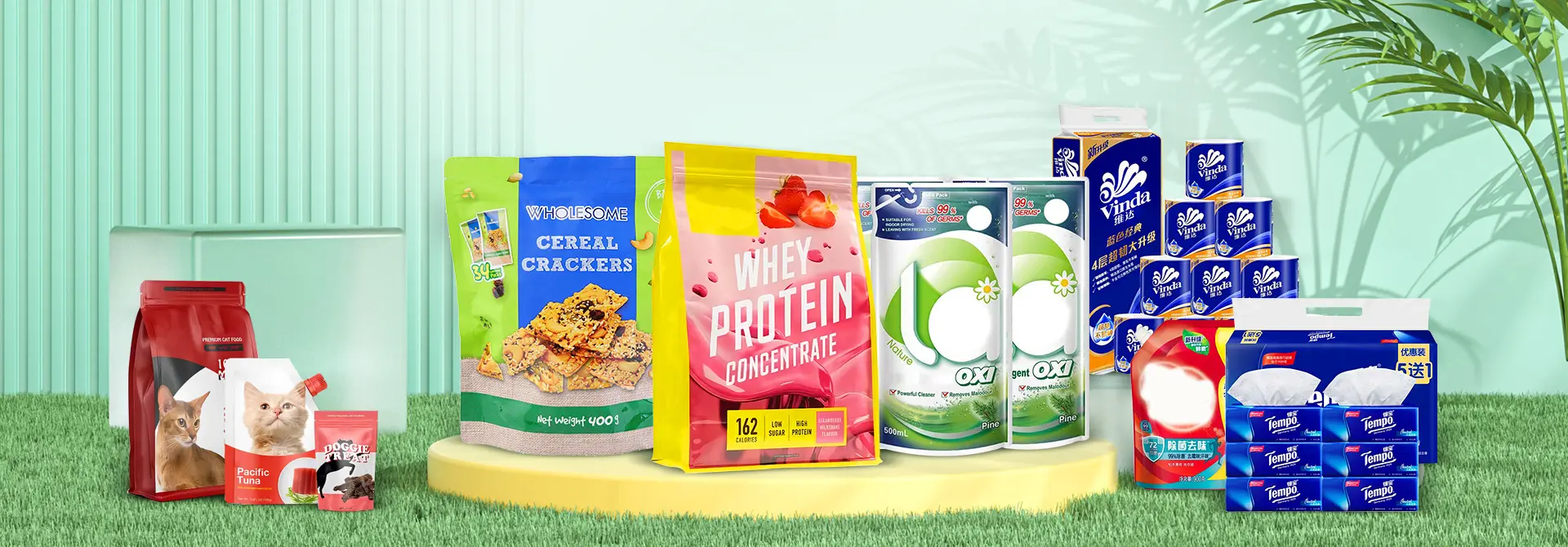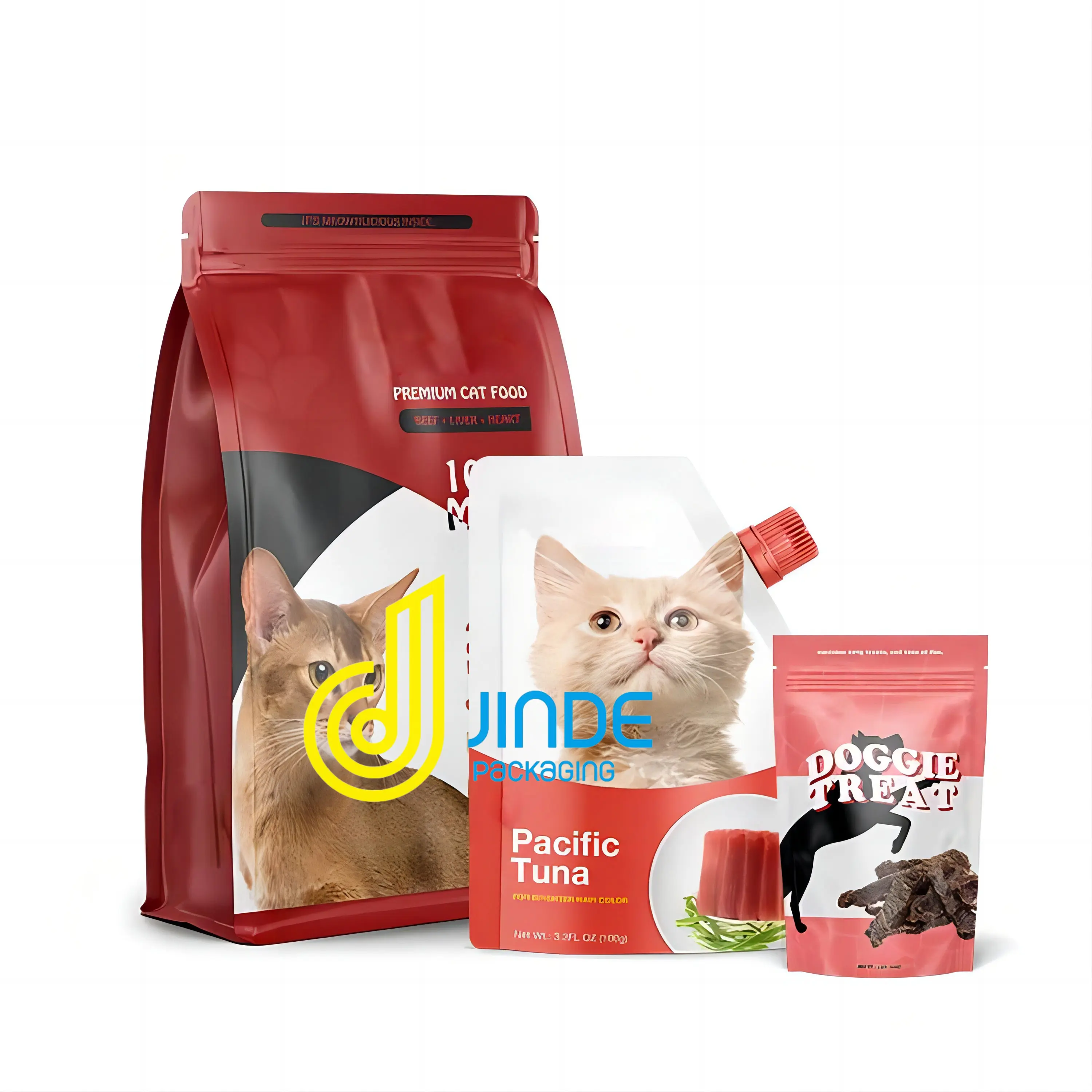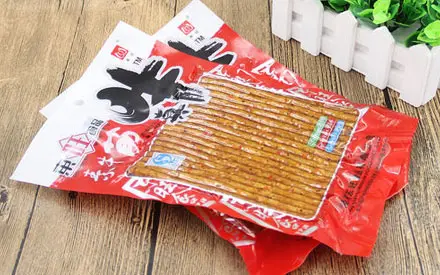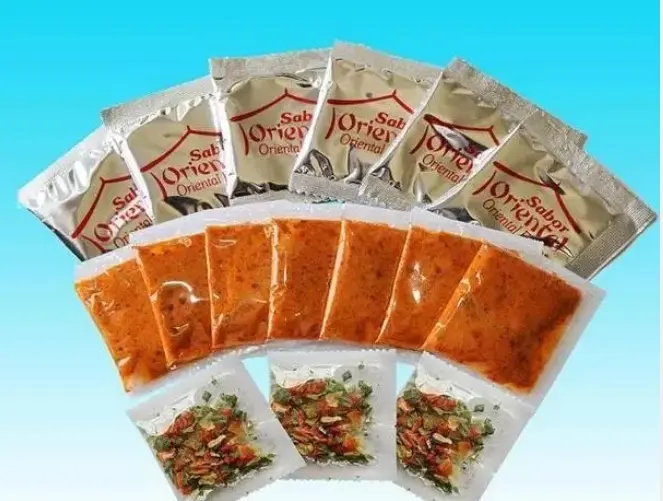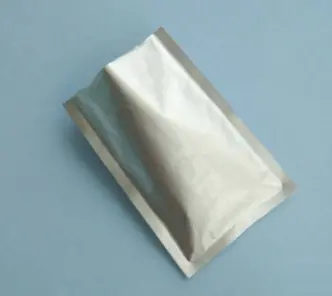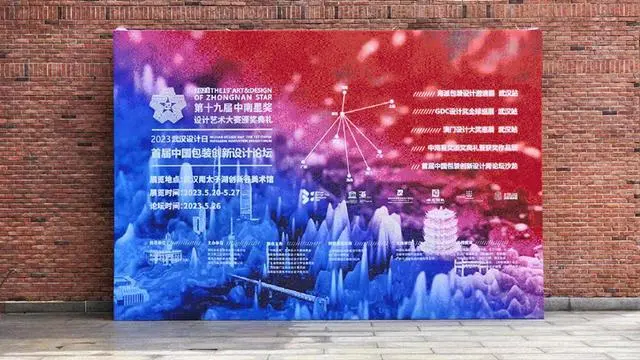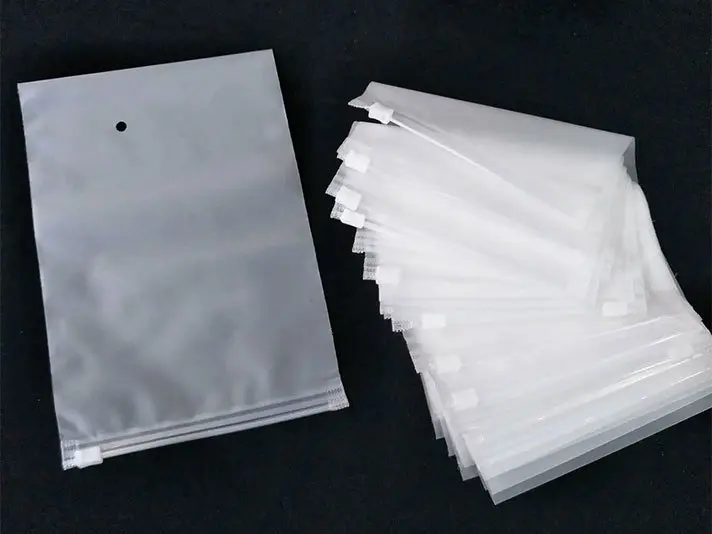What are the commonly used materials for fertilizer bags?
The commonly used materials for fertilizer bags mainly include the following, each with its unique characteristics and applicability:
1、 Polypropylene (PP) material:
Characteristics: Polypropylene material has the advantages of high strength, high wear resistance, high toughness, corrosion resistance, and lightweight. It has good flexibility, breathability, moisture resistance, and strong waterproof ability, making it particularly suitable for storing dry, odorless, and non perishable fertilizers.
Applicability: Due to its moderate price, polypropylene material is an economical and practical packaging material widely used in the production of fertilizer bags.
2、 Polyethylene (PE) material:
Characteristics: Polyethylene material also has high strength and features such as waterproofing, moisture resistance, and non flammability. It is particularly suitable for storing fertilizers with high humidity, volatility, oxidation, odor, or decay.
Applicability: Although the price of polyethylene material is relatively high, its excellent moisture-proof and waterproof properties make it an important choice for the production of fertilizer bags.
3、 Composite materials:
Characteristics: Composite materials are packaging materials made by combining different materials together. The commonly used composite materials for fertilizer bags include polyethylene/polyester, corn starch/polyethylene, polyamide/polyester, etc. These composite materials retain the advantages of various raw materials while reducing costs, and have better moisture resistance, waterproof performance, wear resistance, and cold resistance.
Applicability: Composite materials are suitable for complex storage environments and can provide more comprehensive and effective protection.
In addition to the main materials mentioned above, a certain proportion of fiber materials such as polypropylene fibers, polyester fibers, etc. will be added to the production of fertilizer bags to increase their tensile strength and wear resistance, making them more durable and sturdy. At the same time, in order to increase the weather resistance of fertilizer bags and extend their service life, a certain proportion of preservatives and UV blockers will also be added.
In summary, the commonly used materials for fertilizer bags are polypropylene and polyethylene, supplemented by composite materials and other additives to meet the storage and transportation needs of different fertilizers. These materials are scientifically proportioned and processed to produce fertilizer bags with good tensile strength, wear resistance, and sealing performance, which can effectively protect fertilizers and ensure their quality and nutrition are not lost.

 中国
中国
